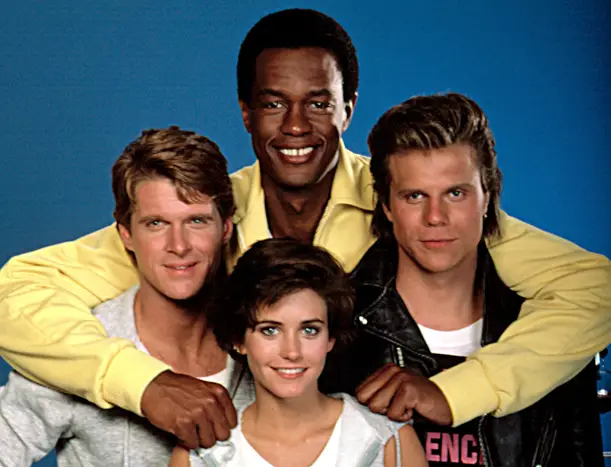1. Misfits of Science (1985–1986)
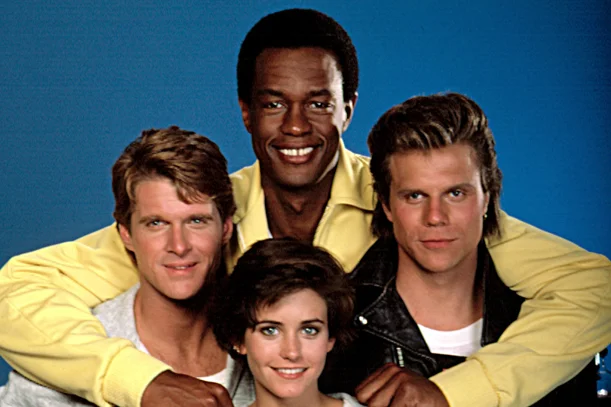
Before Marvel superheroes ruled the screen, NBC gave us Misfits of Science. It was about a ragtag group of people with unusual abilities who worked together to solve mysteries and fight crime. The tone was light, often poking fun at itself, but it carried themes of teamwork, acceptance, and the challenges of being different. A young Courteney Cox starred, long before Friends made her a household name.
The show blended science fiction and comedy at a time when networks weren’t sure how to handle quirky genre mixes. While it only lasted one season, it paved the way for later ensemble superhero shows. Fans who look back at it now often see it as a proto-X-Men for TV. Its failure was more about timing than concept.
2. Square Pegs (1982–1983)
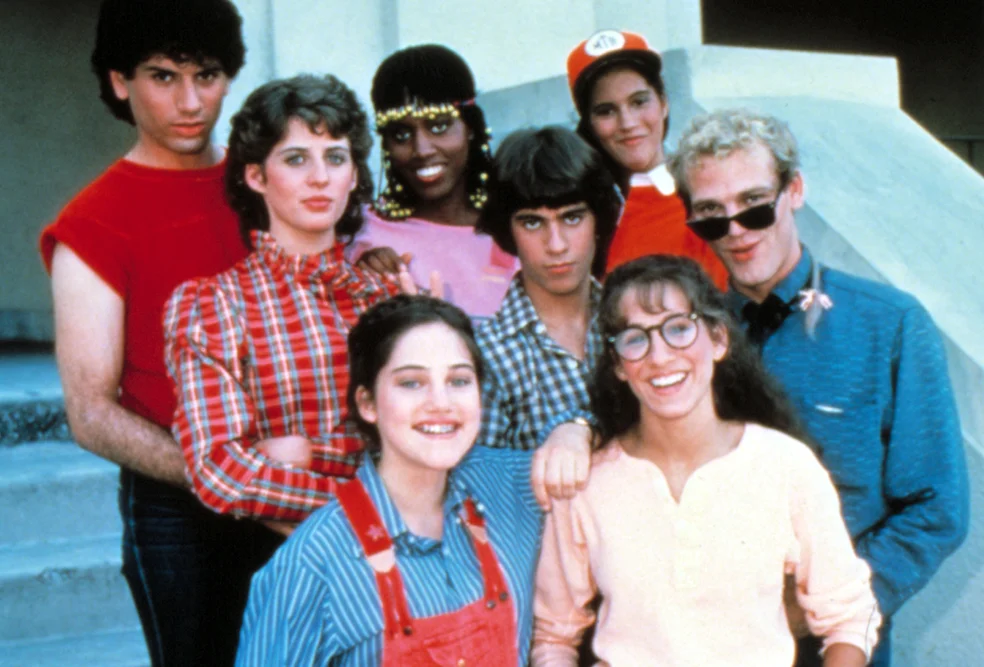
This sitcom focused on two awkward high school girls trying to fit in, and it captured the awkwardness of teenage life with surprising accuracy. Sarah Jessica Parker starred as Patty Greene, bringing an earnestness that would later make her famous.
Unlike other sitcoms of the time that glamorized high school, Square Pegs leaned into the cringe and realism. It was refreshingly honest about social hierarchies and insecurities. Critics praised its sharp writing, but ratings just weren’t strong enough to keep it alive. Today, people recognize it as a forerunner of realistic teen comedies like Freaks and Geeks.
3. Max Headroom (1987–1988)
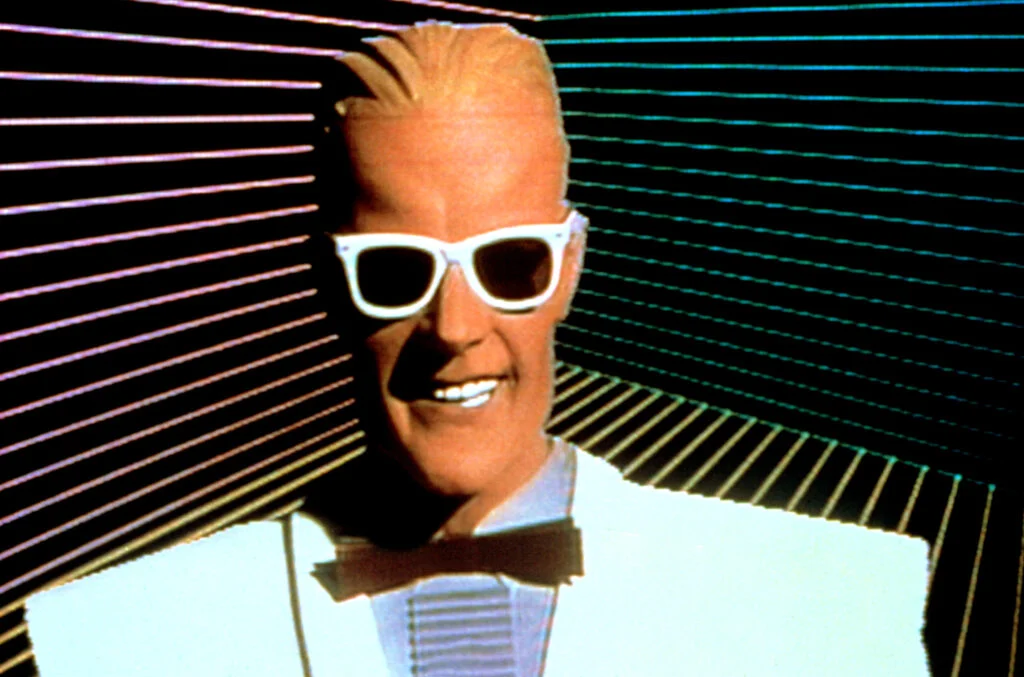
At first glance, Max Headroom looked like a bizarre cyberpunk fever dream. The titular character, a computer-generated TV host, was everywhere in the mid-80s. The show itself was set in a dystopian near-future controlled by corporations and media.
It tackled themes like fake news, surveillance, and technology’s role in society—ideas that feel eerily relevant today. Viewers at the time weren’t quite ready for such a satirical and tech-heavy story. But looking back, it’s clear that Max Headroom anticipated many of our modern media anxieties.
4. It’s Your Move (1984–1985)
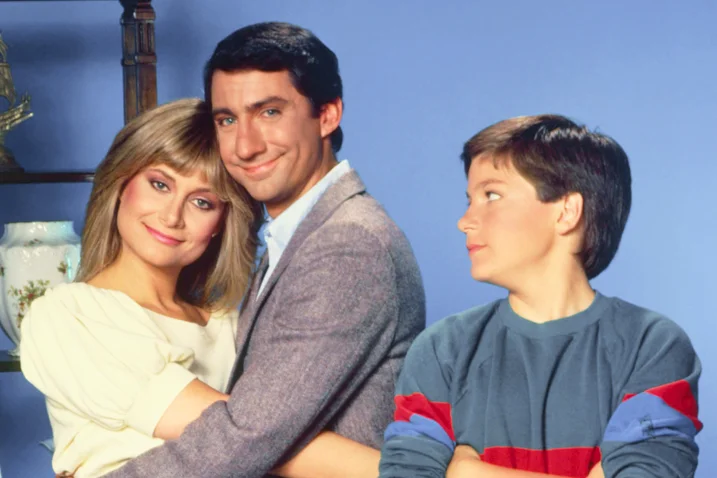
This short-lived NBC sitcom starred a teenage Jason Bateman as a con-artist kid always scheming against his mom’s new boyfriend. It had sharp writing and a cynical edge that set it apart from the family-friendly comedies of its era.
Audiences weren’t used to a lead character who was so unapologetically manipulative. But in hindsight, it was ahead of its time in portraying morally gray protagonists. Bateman’s charisma carried the show, and it’s no surprise he later thrived in shows like Arrested Development that leaned into dark humor.
5. Probe (1988)
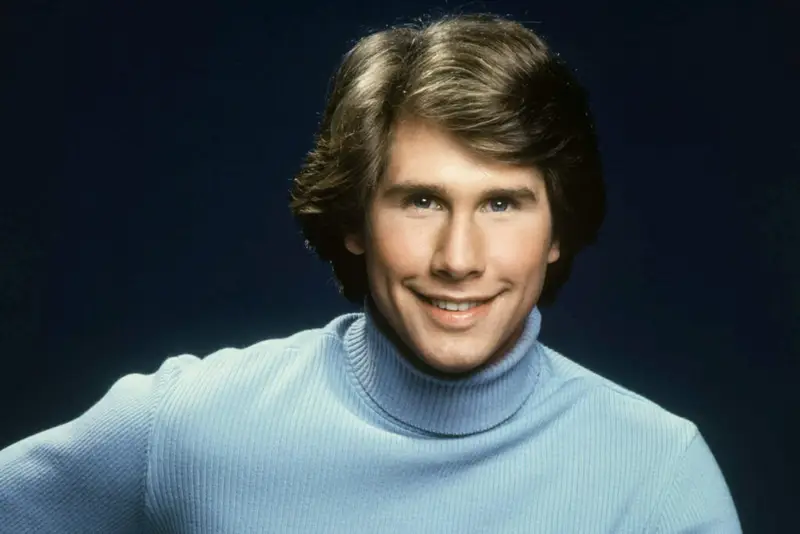
Probe followed a brilliant but socially awkward scientist who solved unusual mysteries with his assistant. The show mixed quirky humor with science-driven plots that made viewers actually think. Parker Stevenson played the lead, offering a different kind of “TV hero” than audiences were used to.
It was created by Isaac Asimov and Michael Wagner, so its intellectual roots ran deep. Unfortunately, it debuted during a writer’s strike, which hurt its chance to build momentum. Still, it was a precursor to shows like The X-Files and Fringe that combined science with storytelling.
6. The Charmings (1987–1988)
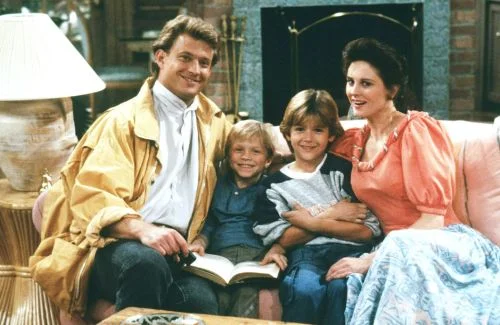
What if Snow White and Prince Charming woke up in modern-day California? That was the idea behind The Charmings, a sitcom that put fairy tale characters in the middle of suburban life. With Snow White, Prince Eric, their kids, and even an evil queen adjusting to ’80s culture, the show mined laughs out of fantasy clashing with reality.
It was whimsical but also quietly clever, poking fun at gender roles, consumer culture, and the very idea of “happily ever after.” While it only lasted two seasons, it feels like a precursor to later hits like Once Upon a Time that reimagined fairy tales in new settings. For kids and adults who stumbled on it, The Charmings was far more inventive than it ever got credit for.
7. The Powers of Matthew Star (1982–1983)
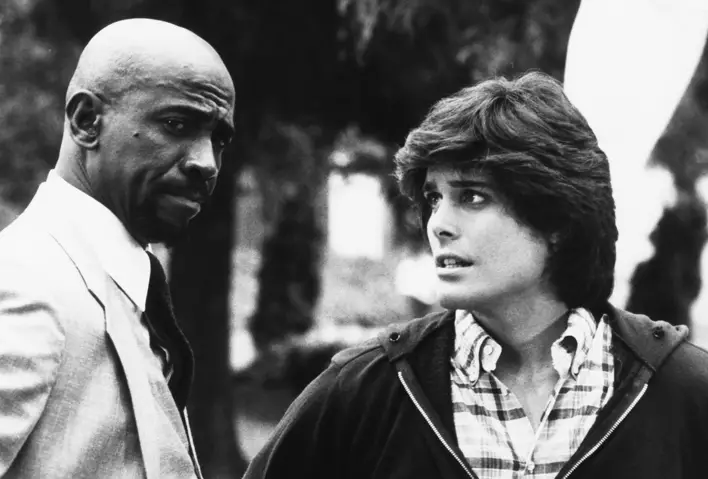
This sci-fi adventure starred Peter Barton as Matthew, a teenage alien prince hiding out on Earth with superpowers. His mission was to one day return to his home planet and save it from tyranny, but in the meantime, he had to blend in as a regular high school student.
At the time, viewers weren’t sure how to embrace a show that combined teen drama with heavy sci-fi elements. Looking back, it feels like a forerunner to shows like Roswell and Smallville, which would later refine the alien-teen-on-Earth formula. The concept was strong, but the special effects of the early ’80s limited what the show could pull off. Still, it showed that blending teenage angst with otherworldly stakes could work.
8. Jennifer Slept Here (1983–1984)
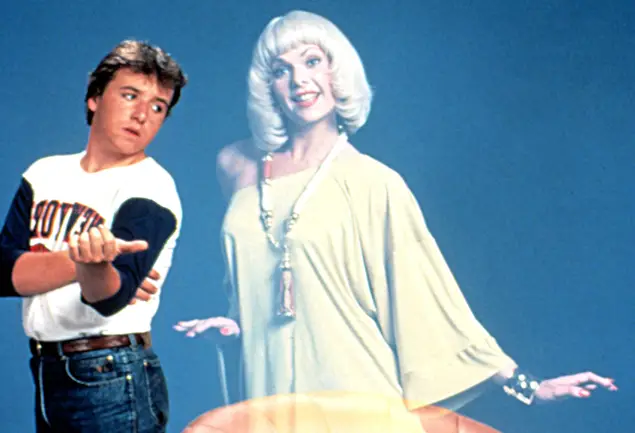
This quirky sitcom told the story of a teenage boy who moves into a house haunted by the ghost of a glamorous Hollywood actress, played by Ann Jillian. The twist was that he was the only one who could see her, leading to comedic and sometimes heartfelt moments.
Though it was lighthearted, the show touched on themes of friendship, loss, and acceptance in ways you wouldn’t expect from a sitcom about a ghost. Audiences didn’t quite know what to make of it, but today it’s remembered as an imaginative precursor to shows like Ghost Whisperer. It also gave Jillian one of her most memorable roles, even though the show was short-lived.
9. Automan (1983–1984)
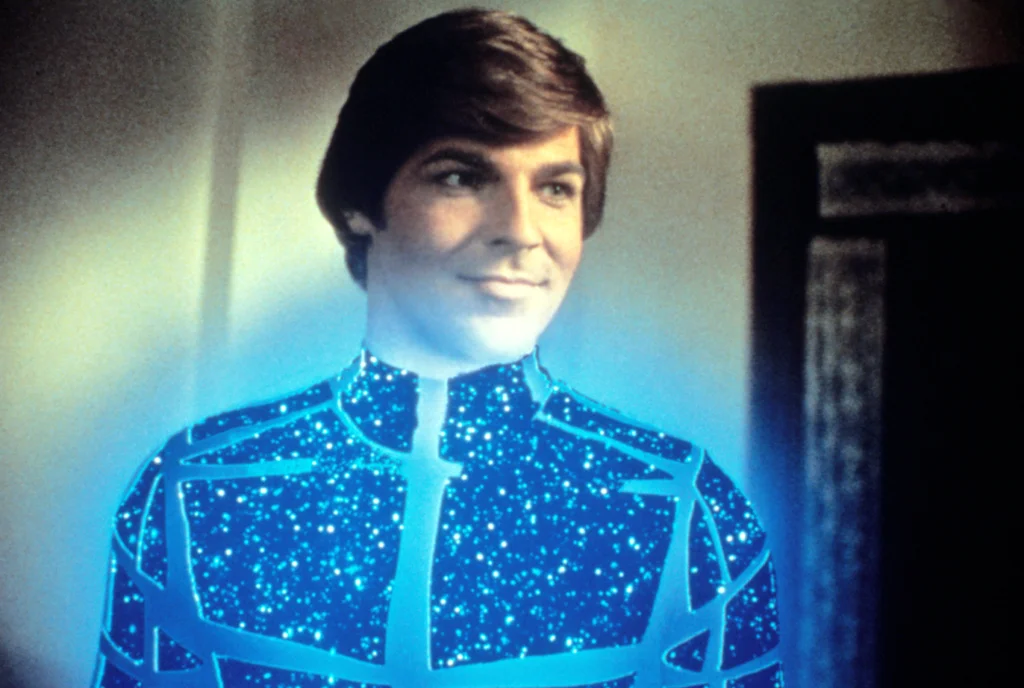
Think of Automan as an early attempt at bringing Tron to television. The series followed a computer programmer who created a holographic superhero that could step out of the screen and fight crime in the real world.
The neon visuals and futuristic tech were flashy, but the storytelling often reached beyond what audiences expected from TV at the time. It’s easy to see how Automan paved the way for later shows that embraced digital and cyber elements, like VR.5 or even Black Mirror. It might have looked campy in the ’80s, but today it feels like a prototype for our tech-obsessed culture.
10. Manimal (1983)
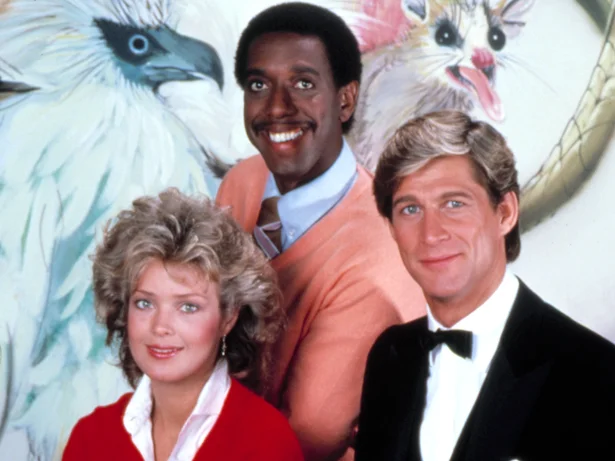
This short-lived NBC series centered on Dr. Jonathan Chase, a man who could transform into any animal to help fight crime. It was campy, but the premise was surprisingly bold for network TV at the time.
While the show only lasted eight episodes, it has since gained cult status. Special effects limitations kept it from reaching its full potential, but the concept of humans with animal powers has thrived in countless stories since. Looking back, Manimal feels like it was just waiting for better technology to make it soar.
11. Voyagers! (1982–1983)
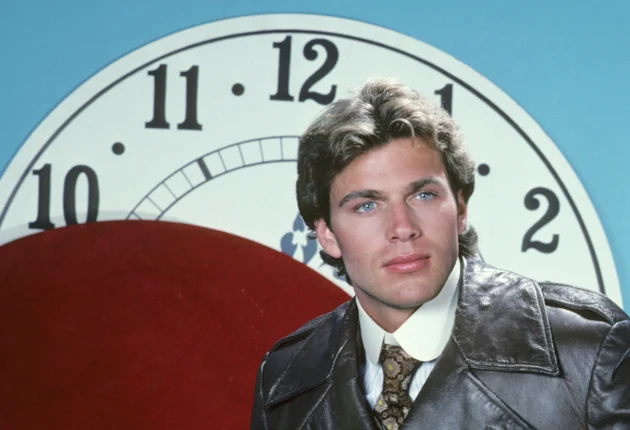
Voyagers! followed time traveler Phineas Bogg and a young boy named Jeffrey as they hopped through history correcting events that had gone wrong. Each episode dropped them into a new era, where they’d rub elbows with famous figures and help keep the timeline on track.
It was part educational, part adventure, and way ahead of its time in the way it blended history with science fiction. Kids who watched were entertained while learning, much like later shows such as Quantum Leap or even Doctor Who episodes aimed at younger audiences. Although it only ran for one season, Voyagers! is remembered fondly as a show that proved TV could be both fun and smart at the same time.
12. The Highwayman (1987–1988)
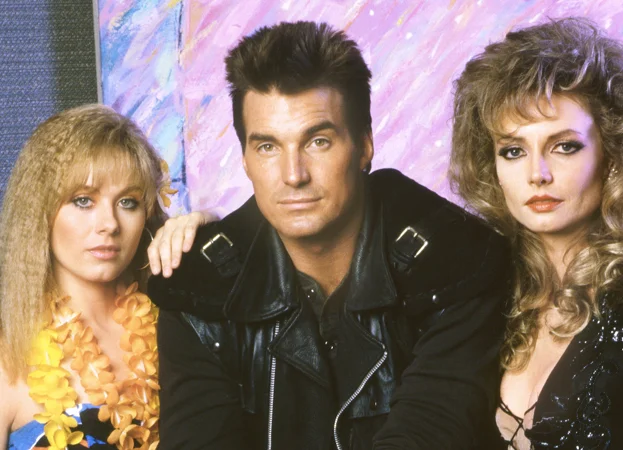
This futuristic action series starred Sam J. Jones (of Flash Gordon fame) as a mysterious lawman driving a massive high-tech truck that doubled as his mobile base. He roamed the highways, taking on cases that blended crime drama with science fiction.
The show was visually ambitious, with huge sets and wild gadgetry. Though it didn’t last long, it feels like a stepping stone between ’80s action TV and ’90s genre-bending hits like Renegade or Highlander: The Series. For fans who remember it, The Highwayman was an unusual mix of Mad Max energy and Saturday night network television.
13. Werewolf (1987–1988)
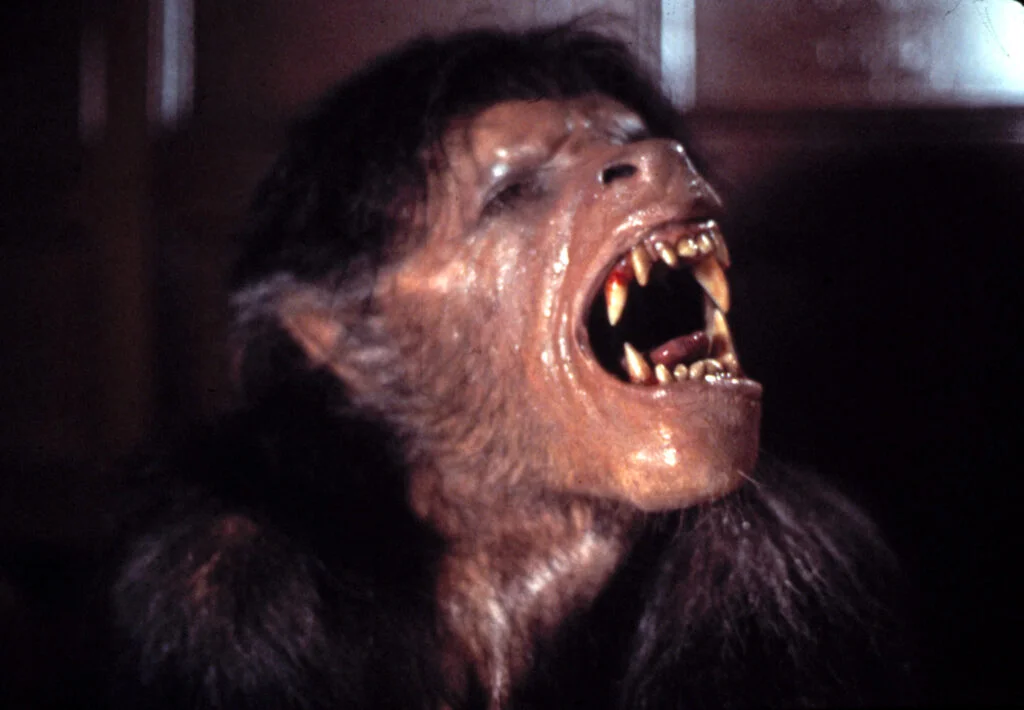
This Fox horror series followed a young man cursed with lycanthropy as he traveled across America searching for the origin of his bloodline. It played out like a monster-of-the-week drama but carried an overarching storyline.
It was darker and more serialized than most TV of its time, foreshadowing the style of shows like Supernatural. The special effects were impressive for the era, and the tone was unapologetically grim. While it only lasted one season, Werewolf showed that audiences could handle serialized horror long before it became popular.
14. Otherworld (1985)
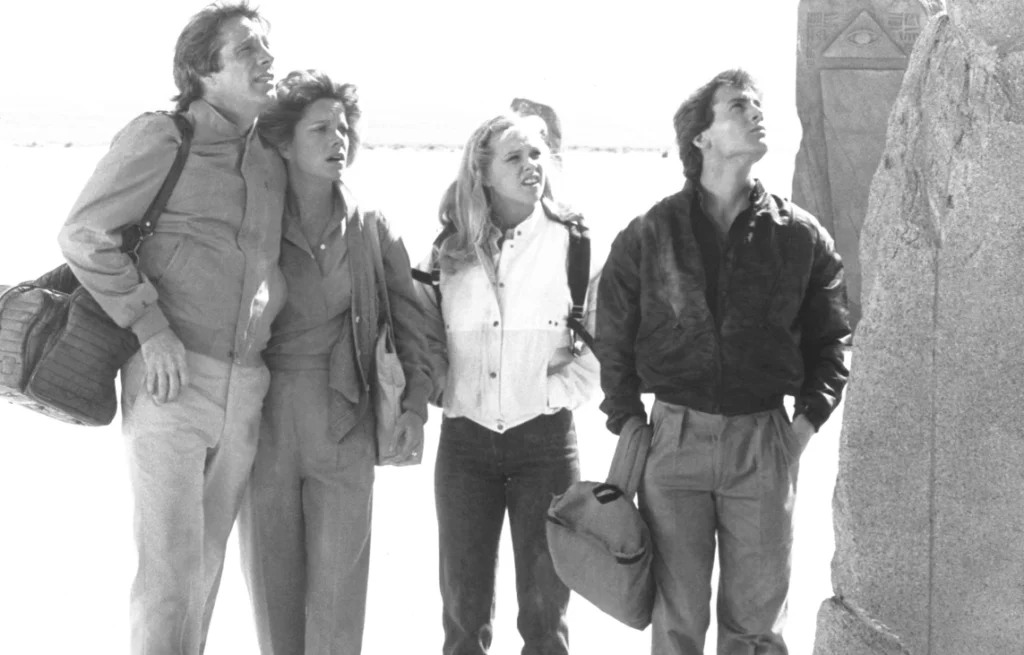
Otherworld told the story of a family transported to a parallel dimension where they encountered strange societies, oppressive governments, and futuristic technology. Each episode had them journeying through different zones, almost like The Twilight Zone meets Lost in Space.
The show was ambitious in its world-building, tackling themes of authoritarianism and freedom in ways that felt eerily prescient. Audiences weren’t quite sure what to make of it, but sci-fi fans today often look back on it as a hidden treasure. Otherworld proved that TV could attempt complex, serialized science fiction well before it became the norm in the 2000s.

